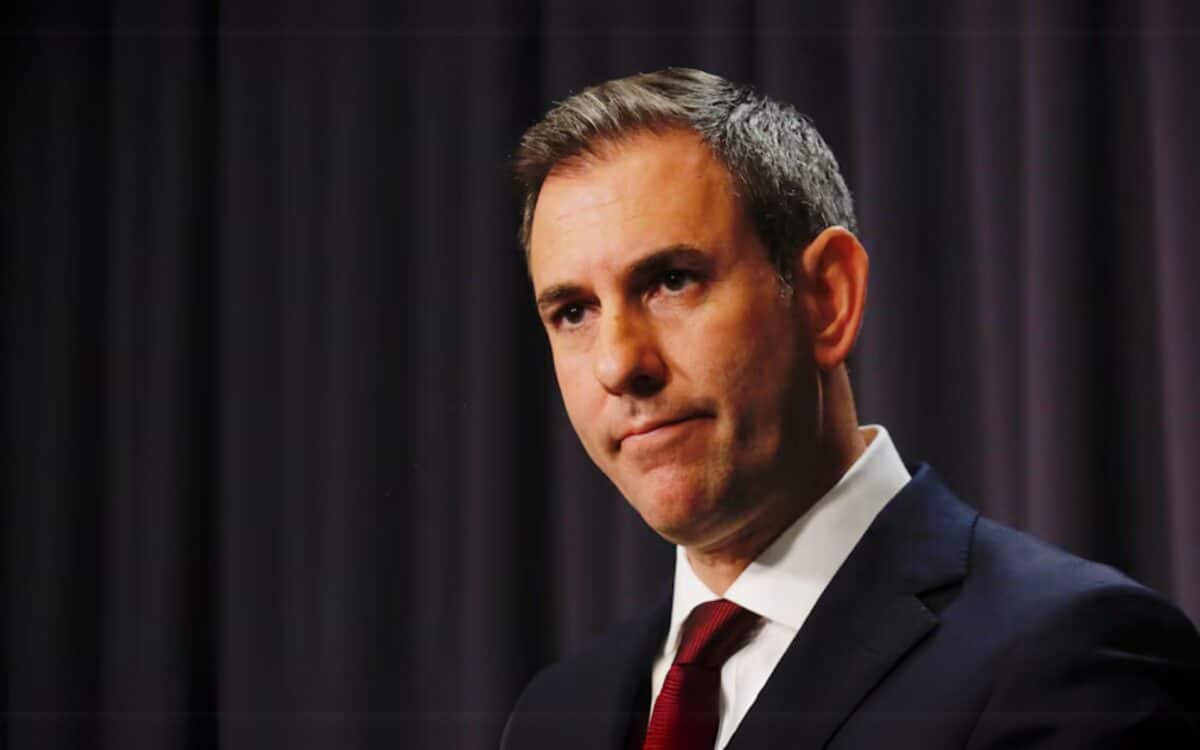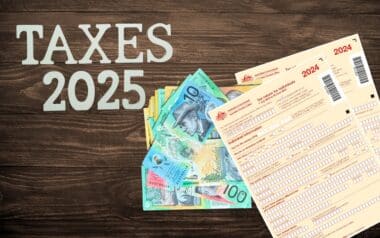Many Australians continue to harbor doubts about the nation’s economic prospects, even as changes to the stage three tax cuts aim to deliver relief to low- and middle-income earners. With the anniversary of these legislative adjustments approaching, questions linger about whether the measures are enough to ease financial burdens ahead of the next federal election.
Stage Three Tax Cuts : Changes and Implications
The introduction of revised stage three tax cuts was positioned as a key move to address financial inequality across income brackets. By lowering rates for the bottom two brackets and increasing thresholds for higher earners, the Albanese government aimed to provide a more equitable taxation system.
While this strategy promises notable benefits for average income households, its broader economic impact remains a topic of debate.
Tax Adjustments at a Glance
The Albanese government’s decision to revise stage three tax cuts last year sought to reshape Australia’s taxation framework. The changes, implemented in early 2024, adjusted tax rates for lower-income brackets while altering thresholds for higher earners.
- Average earners now receive a yearly tax cut of $1,888 for the 2025 financial year.
- This figure is set to increase to $1,944 the following year.
- The plan surpasses the Coalition’s proposal, which offered an annual cut of $1,629 to average earners.
These reforms target households earning under $150,000, marking the tipping point where benefits favor Labor’s model over the Coalition’s.
Treasurer’s Perspective on the Impact
Treasurer Jim Chalmers has consistently emphasised the necessity of these changes. Speaking to media outlets, he outlined the disparity between Labor’s tax relief approach and that of the opposition.
- Labor’s reforms: Focused on alleviating pressure for low- and middle-income earners.
- Coalition’s approach: Benefited higher earners, offering larger breaks to those above the $150,000 threshold.
Chalmers argued that many Australians would face higher financial burdens under the opposition’s alternative framework.
Public Sentiment and Economic Challenges
Although the tax cuts have provided some financial relief, they have not fully addressed broader concerns among the Australian public.
Persistently high inflation, sluggish wage growth, and global economic uncertainty contribute to a perception that the government’s measures may be insufficient.
These factors continue to shape voter sentiment, underscoring the challenges ahead for the Albanese government.
Mixed Reception Among Voters
Despite the Albanese government’s attempts to provide relief, public sentiment reflects lingering skepticism. A recent poll revealed that many Australians remain unconvinced that current policies adequately address broader economic pressures.
Key concerns cited include:
- Inflationary pressures: Australians continue to feel the impact of rising living costs.
- Wage stagnation: Limited income growth exacerbates financial strain for households.
- Uncertainty: Global economic factors contribute to an overarching sense of instability.
Ongoing Hurdles for Labor
The government’s ability to convince voters of its economic strategy remains a significant hurdle, particularly as the 2025 federal election looms.
Critics argue that while the tax cuts provide short-term relief, broader structural reforms are necessary to tackle Australia’s economic challenges comprehensively.
Labor’s approach focuses on :
- Strengthening support for lower income groups: Tax cuts aim to narrow financial inequality.
- Boosting confidence: Encouraging spending and stimulating the economy.
However, critics highlight the need for more substantial measures, including policies addressing housing affordability and energy costs.
Balancing Relief With Long-Term Goals
The Albanese government’s challenge lies in ensuring that immediate tax relief translates into sustained economic benefits. Addressing systemic issues like employment, housing, and living costs will be crucial in convincing voters that its policies can create meaningful change.
Labor’s Priorities for Sustaining Economic Confidence
The Albanese government faces a critical test in the coming years. As the tax cuts continue to roll out, sustaining public confidence will hinge on demonstrating their long-term benefits.
Key priorities include:
- Expanding job opportunities: Reducing unemployment and underemployment rates.
- Enhancing financial resilience: Strengthening support systems to help households navigate economic uncertainties.
- Addressing structural issues: Tackling broader challenges like housing and healthcare affordability.
By prioritising these objectives, Labor aims to build trust in its economic vision while addressing voter concerns.









